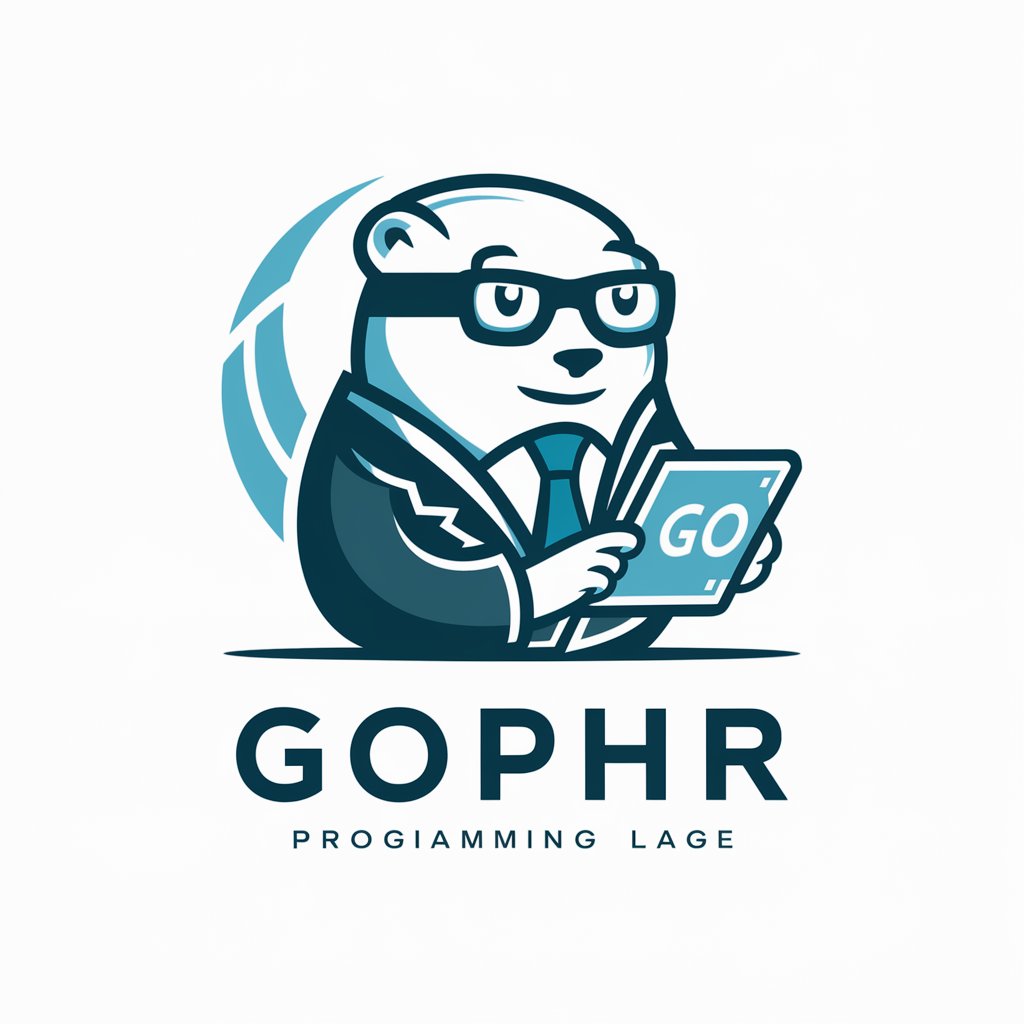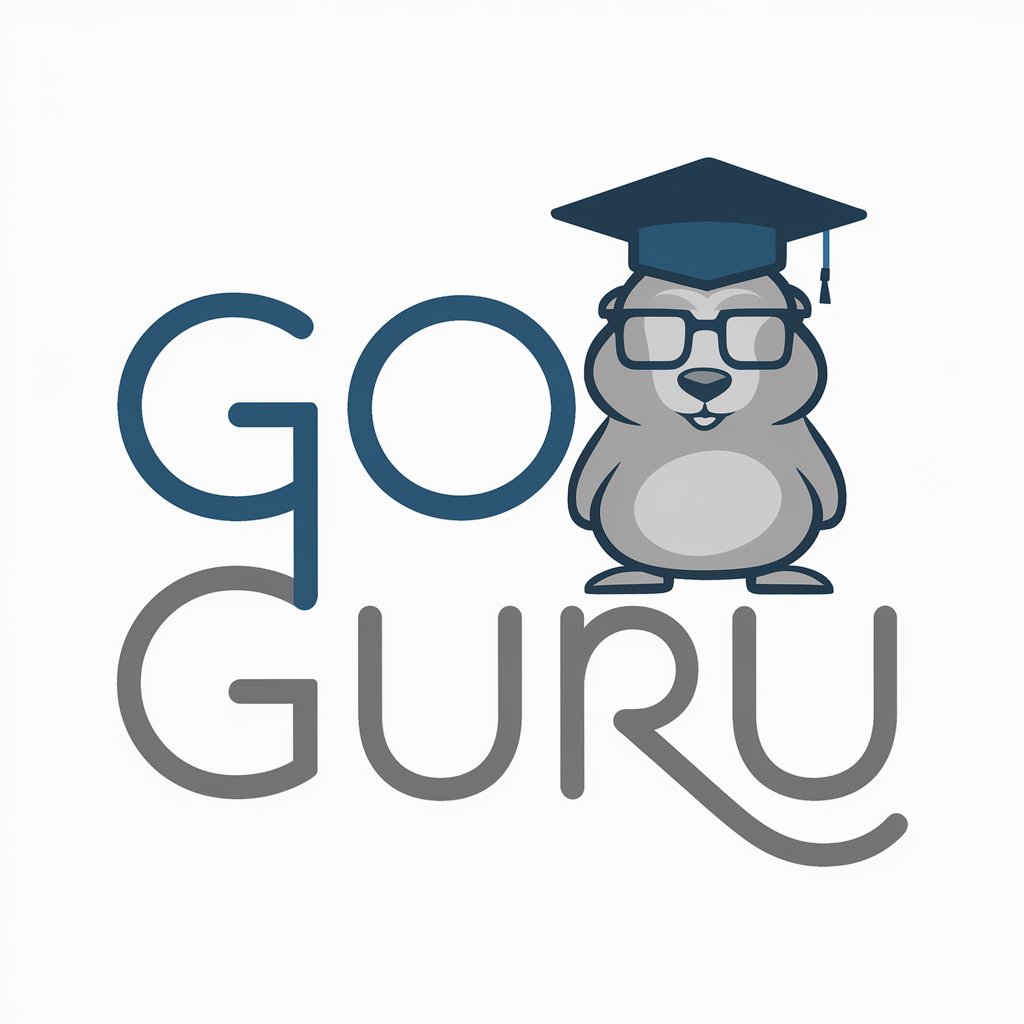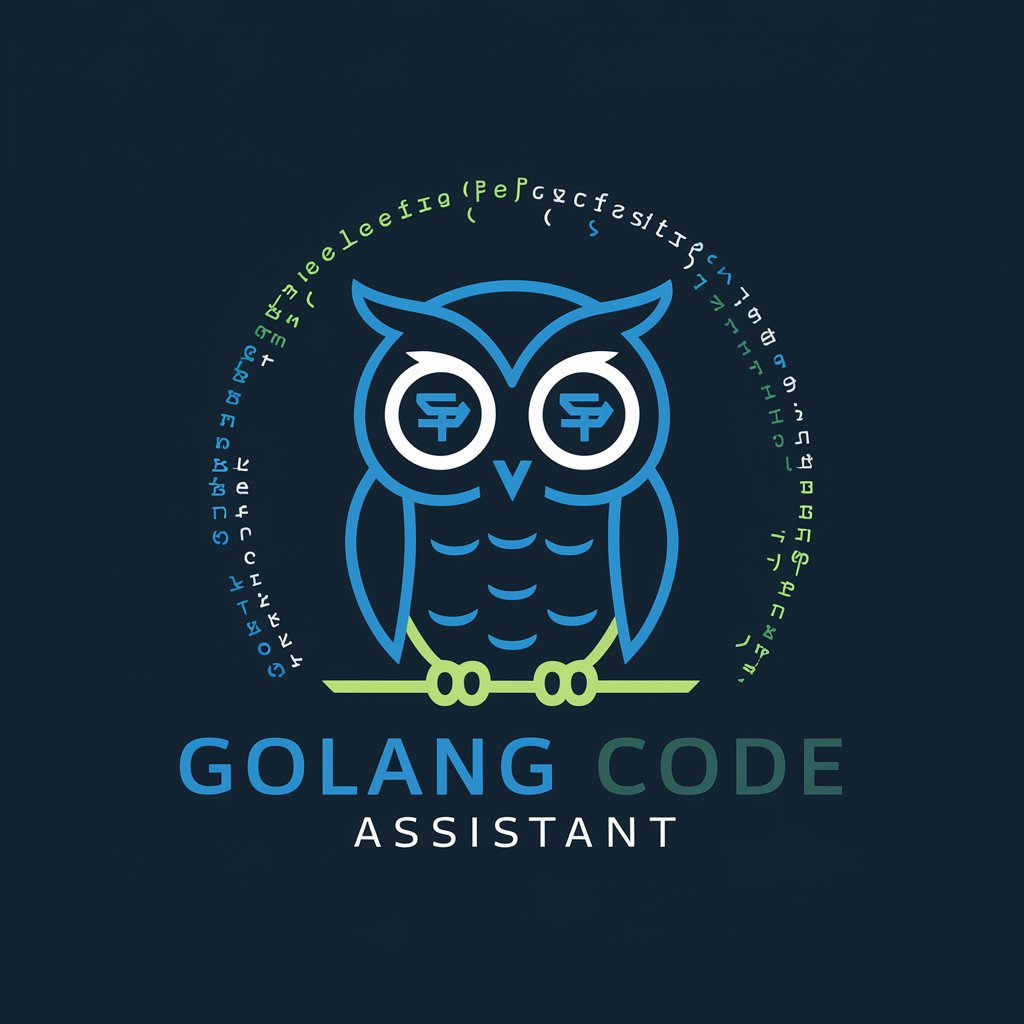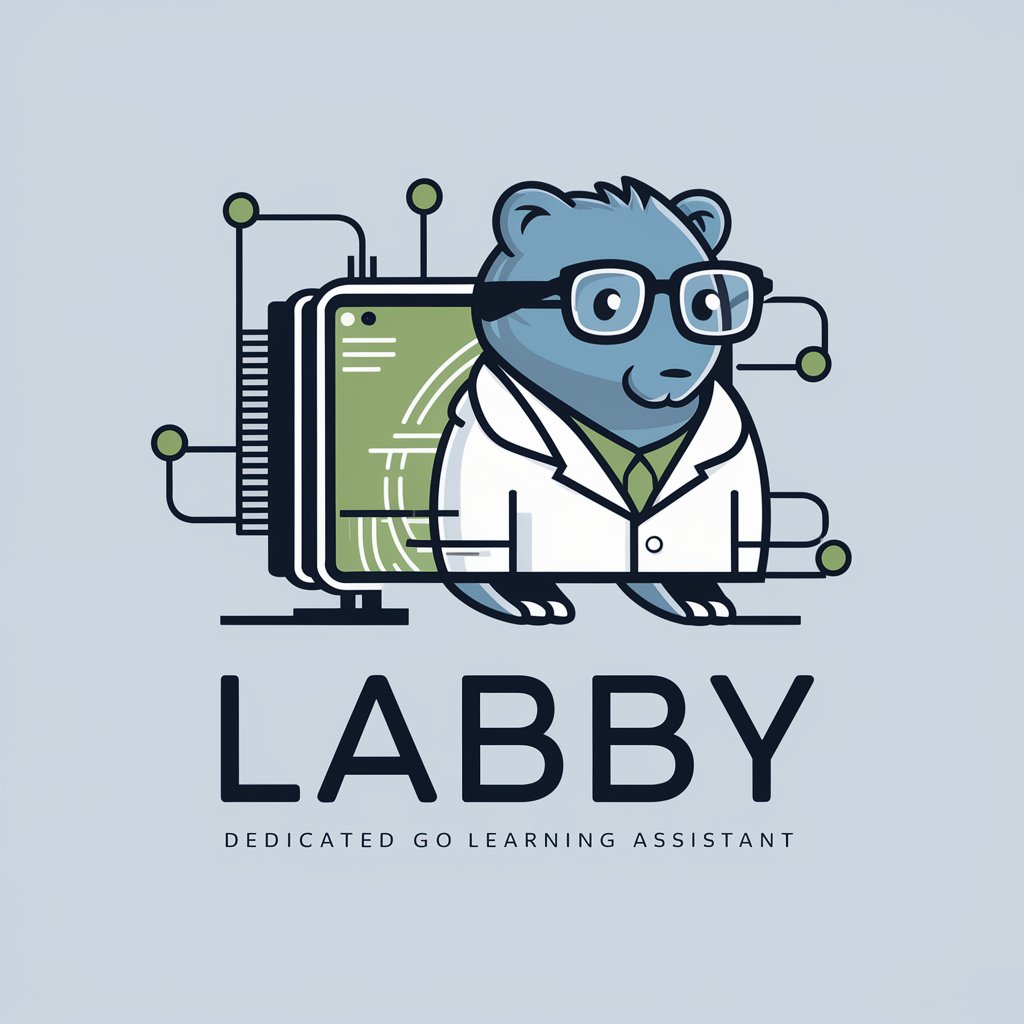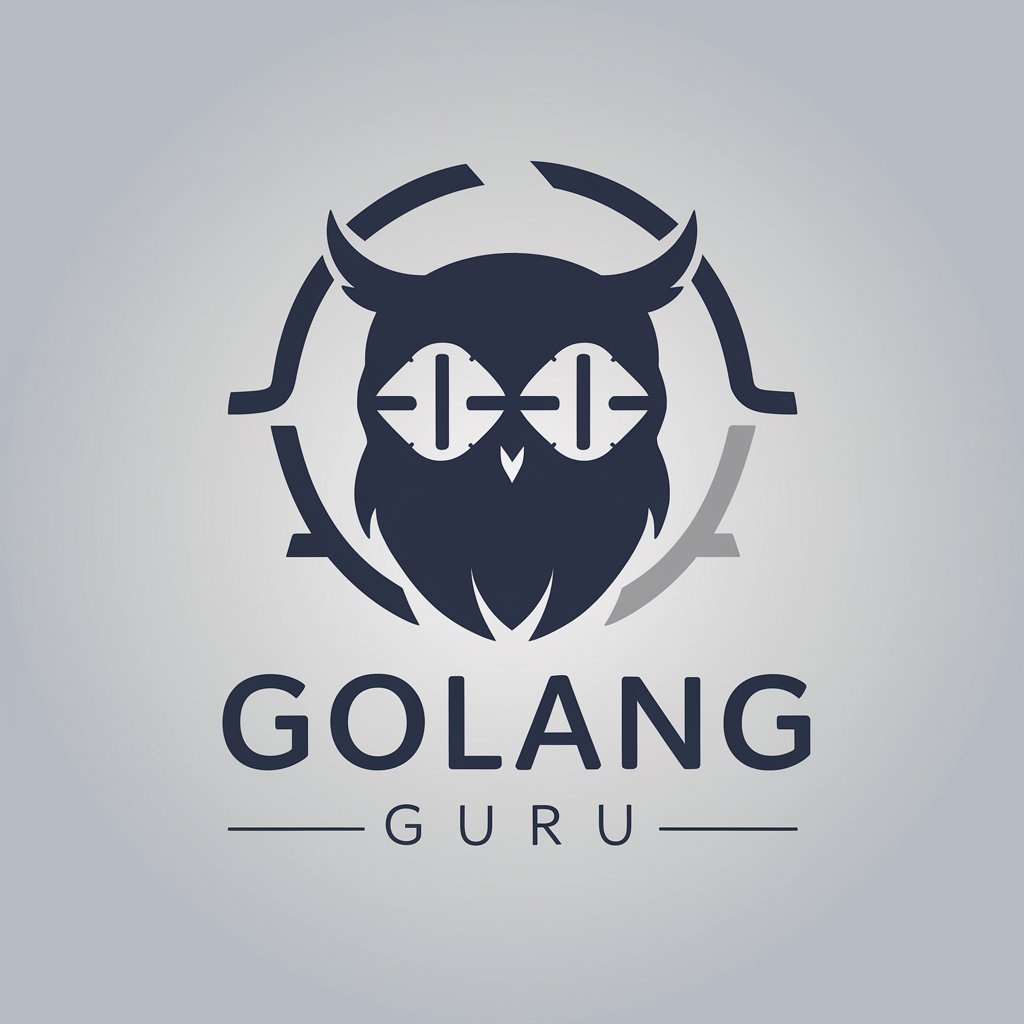
📘 Mastering Go Syntax - In-depth Go Learning
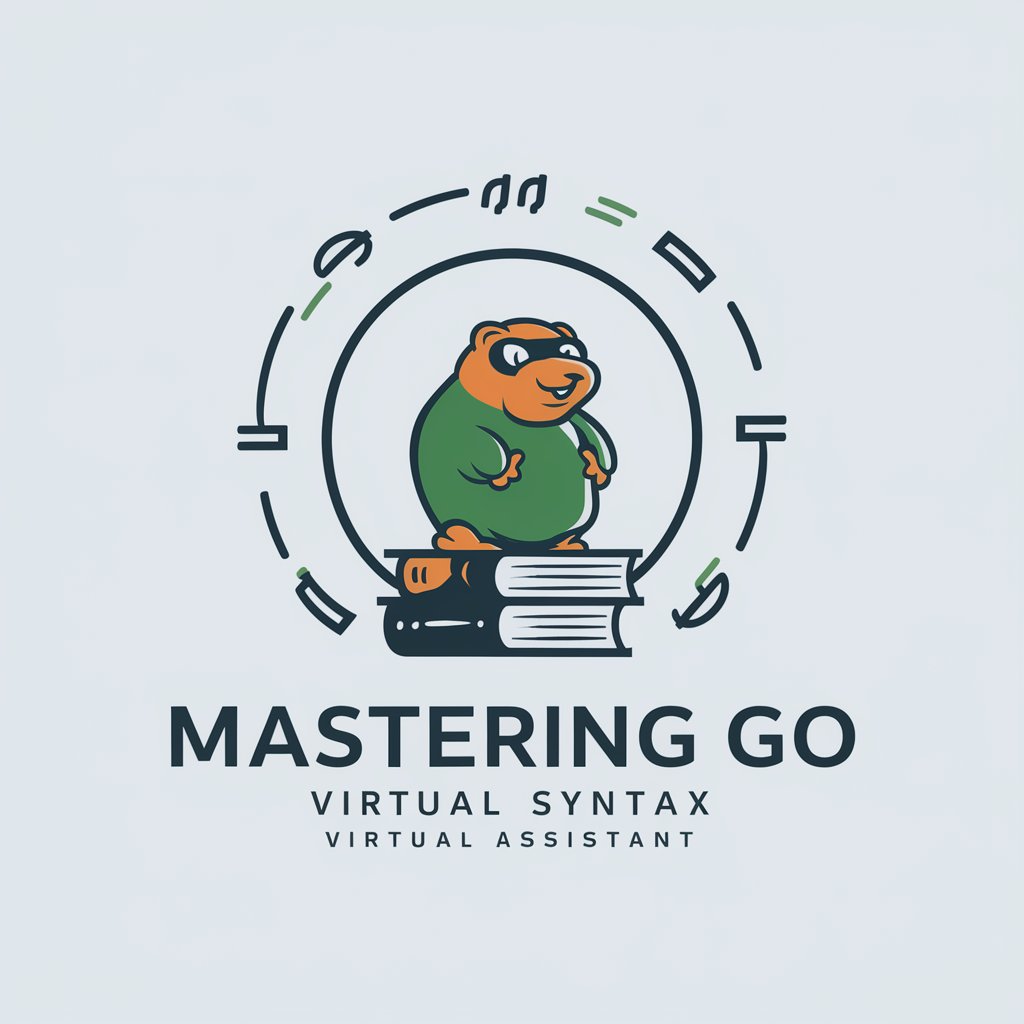
Welcome! Ready to master Go programming?
Master Go Programming with AI
Explain the basic syntax and structure of a Go program.
How do goroutines and channels work in Go?
Can you provide an example of error handling in Go?
What are some best practices for writing efficient Go code?
Get Embed Code
Mastering Go Syntax: A Comprehensive Guide
📘 Mastering Go Syntax is designed as a specialized GPT tailored to assist users in navigating and mastering the Go programming language. Focused on Go's simple yet powerful syntax, it aims to provide an in-depth understanding of Go's programming constructs, including data types, control structures, functions, error handling, and concurrency models like goroutines and channels. Through practical coding examples, personalized learning paths, and interactive sessions, it addresses users' specific challenges and tracks their progress, ensuring a rich learning experience. For instance, a scenario illustrating its utility could involve guiding a beginner through the nuances of Go's type system with custom examples, or helping an intermediate developer optimize a piece of Go code by leveraging goroutines for better concurrency. Powered by ChatGPT-4o。

Key Functions of Mastering Go Syntax
Understanding Go's Syntax
Example
Explaining the use of slices over arrays for dynamic data handling.
Scenario
A user unfamiliar with Go's composite types could receive a detailed explanation on when and how to use slices, complete with code examples demonstrating their efficiency over arrays in certain scenarios.
Hands-on Coding Examples
Example
Demonstrating error handling using Go's built-in 'error' type.
Scenario
Providing a user with a step-by-step guide to implement robust error handling in a file reading operation, showcasing Go's idiomatic approach to errors.
Customized Learning Path
Example
Tailoring a learning plan focusing on microservices development with Go.
Scenario
Assisting a developer with experience in another language to transition to Go, specifically for building scalable microservices, by outlining key concepts and practices in Go's context.
Navigating Challenges
Example
Addressing difficulties in understanding goroutines and channels for concurrency.
Scenario
Offering targeted explanations and examples to a user struggling with Go's concurrency model, including common pitfalls and best practices for using goroutines and channels effectively.
Tracking Progress and Success
Example
Setting milestones for mastering Go's interface system.
Scenario
Working with a user to establish clear goals and timelines for understanding and applying Go interfaces in a project, including regular check-ins to discuss progress and address any issues.
Who Benefits from Mastering Go Syntax?
Beginner Go Programmers
Individuals new to Go who seek a solid foundation in its syntax and best practices. They benefit from step-by-step guides, foundational knowledge, and basic coding examples to build their skills.
Experienced Developers New to Go
Developers proficient in other languages but new to Go can leverage customized learning paths to quickly adapt their existing skills to Go, focusing on differences in syntax, idiomatic Go practices, and concurrency models.
Intermediate Go Developers
Those with some Go experience looking to deepen their knowledge in specific areas such as concurrency, performance optimization, or best practices for project structure. They benefit from targeted advice, advanced examples, and interactive problem-solving sessions.
Educators and Mentors
Instructors teaching Go can use the service to supplement their curriculum with up-to-date examples, receive assistance in explaining complex concepts, or offer their students a tool for extra practice and clarification outside of class time.

How to Use 📘 Mastering Go Syntax
1
Visit yeschat.ai for a complimentary trial, no registration or ChatGPT Plus required.
2
Select the 📘 Mastering Go Syntax feature from the available tools to start your Go programming learning journey.
3
Specify your current level of Go programming expertise and your learning objectives to receive personalized guidance.
4
Engage with the provided Go programming exercises, examples, and interactive Q&As to enhance your understanding and skills.
5
Utilize the feedback mechanism to track your progress and refine your learning approach based on the insights received.
Try other advanced and practical GPTs
Sock Locker - Design Unique Socks
Knit Creativity with AI

Dr. Lotus Bloom
Unlocking Mental Wellness with AI

Viral Social Media Post Creator V3.01
Elevate Your Social Presence with AI
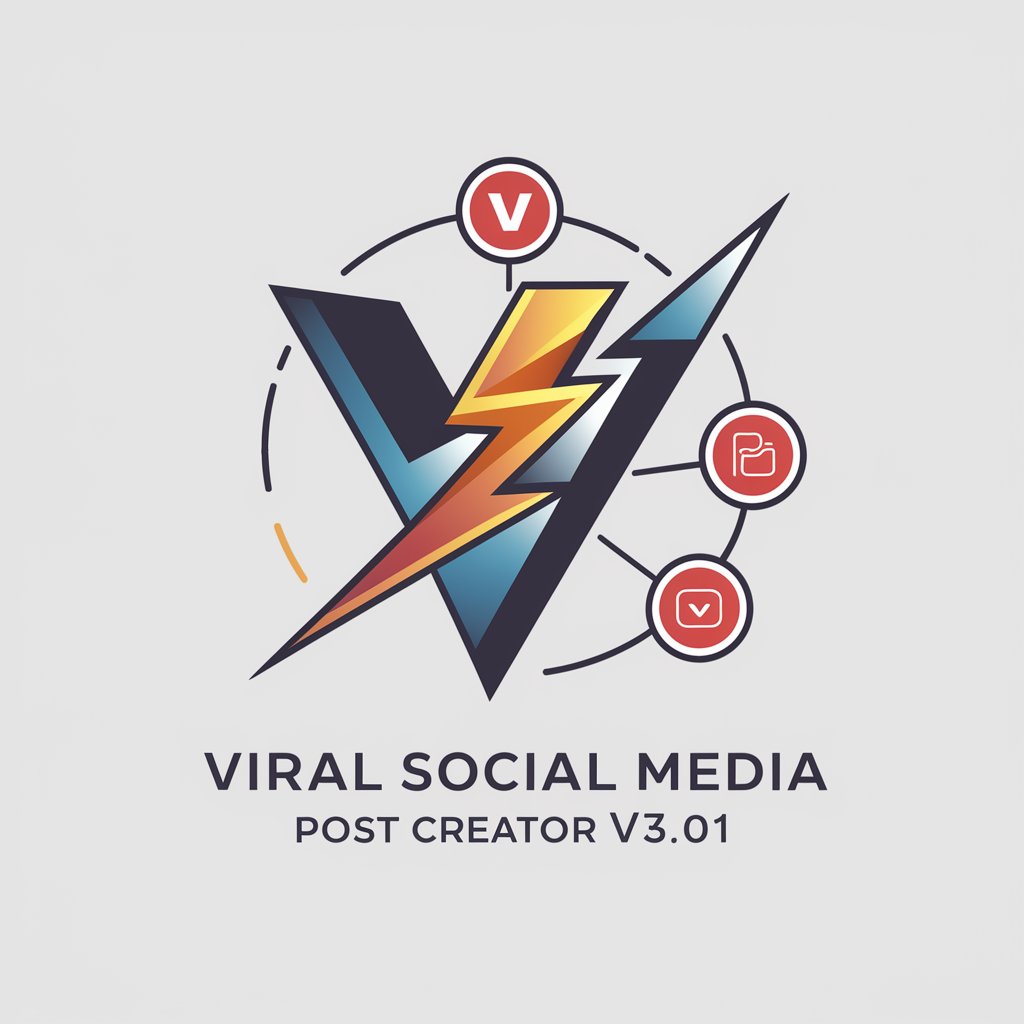
Sleep Better
Empowering restful nights with AI
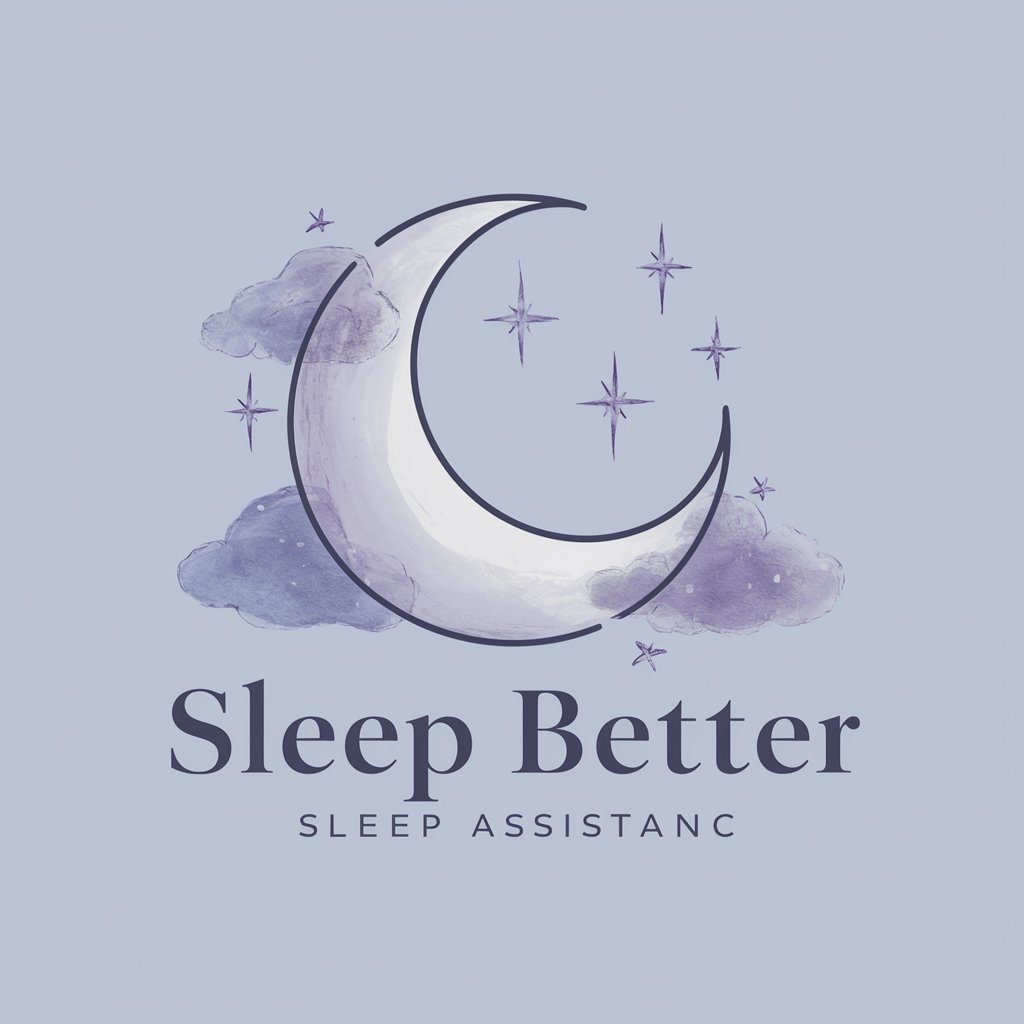
Sleep GPT
Unlock Better Sleep with AI
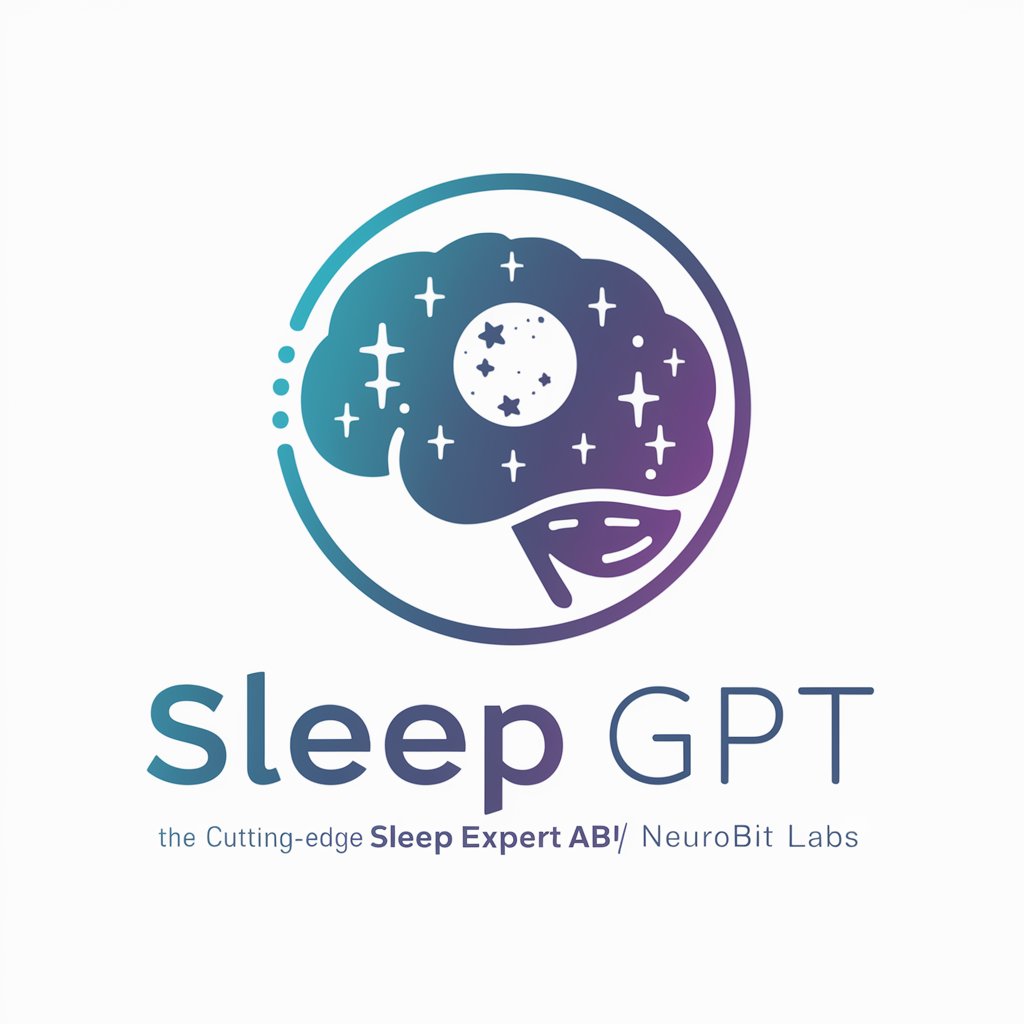
Story Weaver
Craft Your Stories with AI
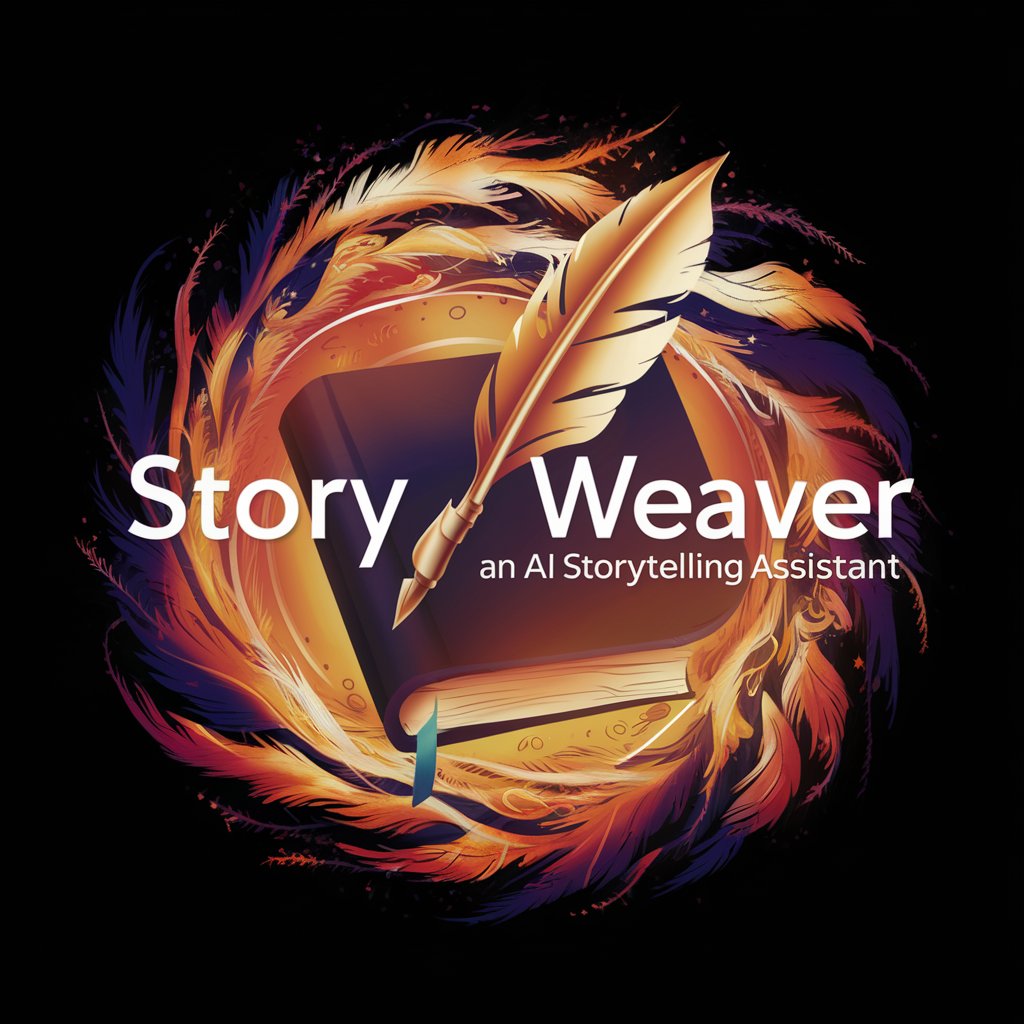
Sports Stats Master
AI-Powered Fantasy Lineup Recommendations
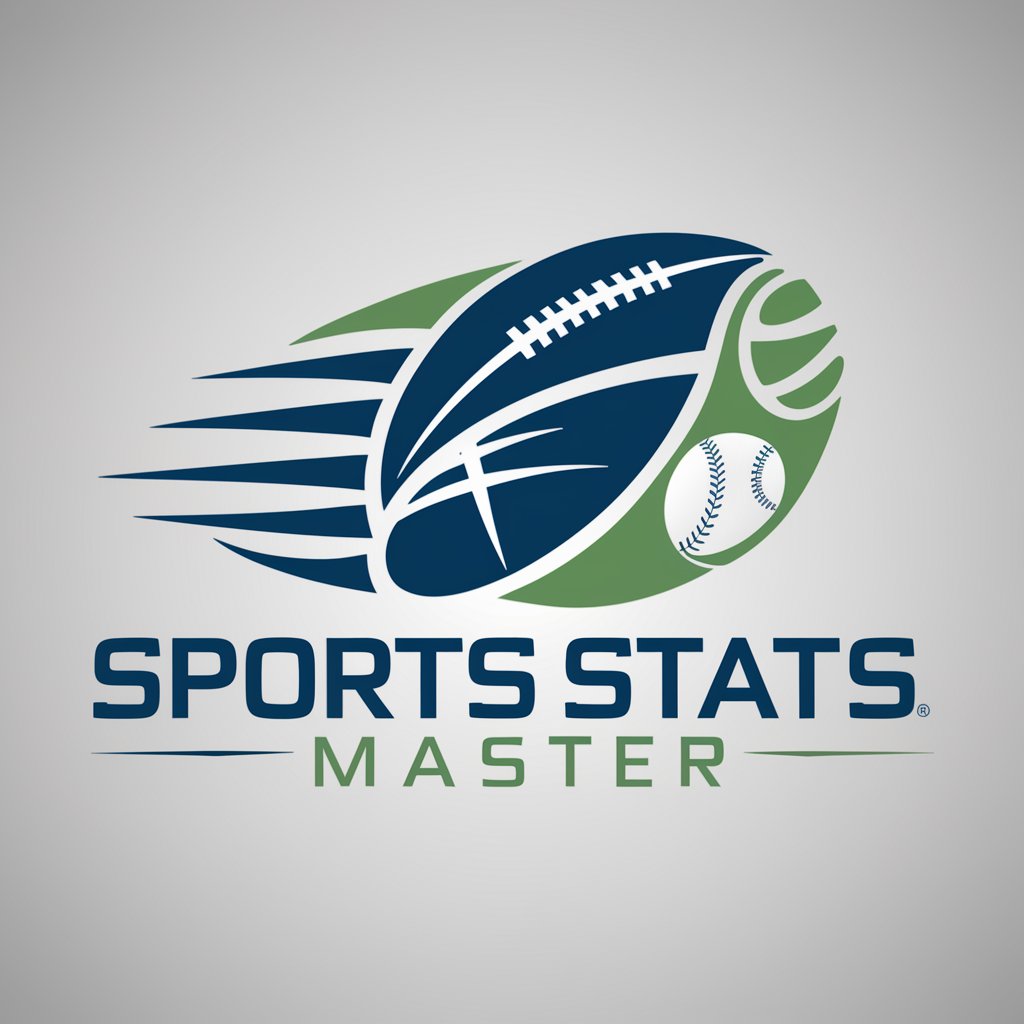
Marcus Aurelius - Stoicism
Empowering lives with Stoic wisdom.

Stoic Sage
Enlighten your mind, the Stoic way.
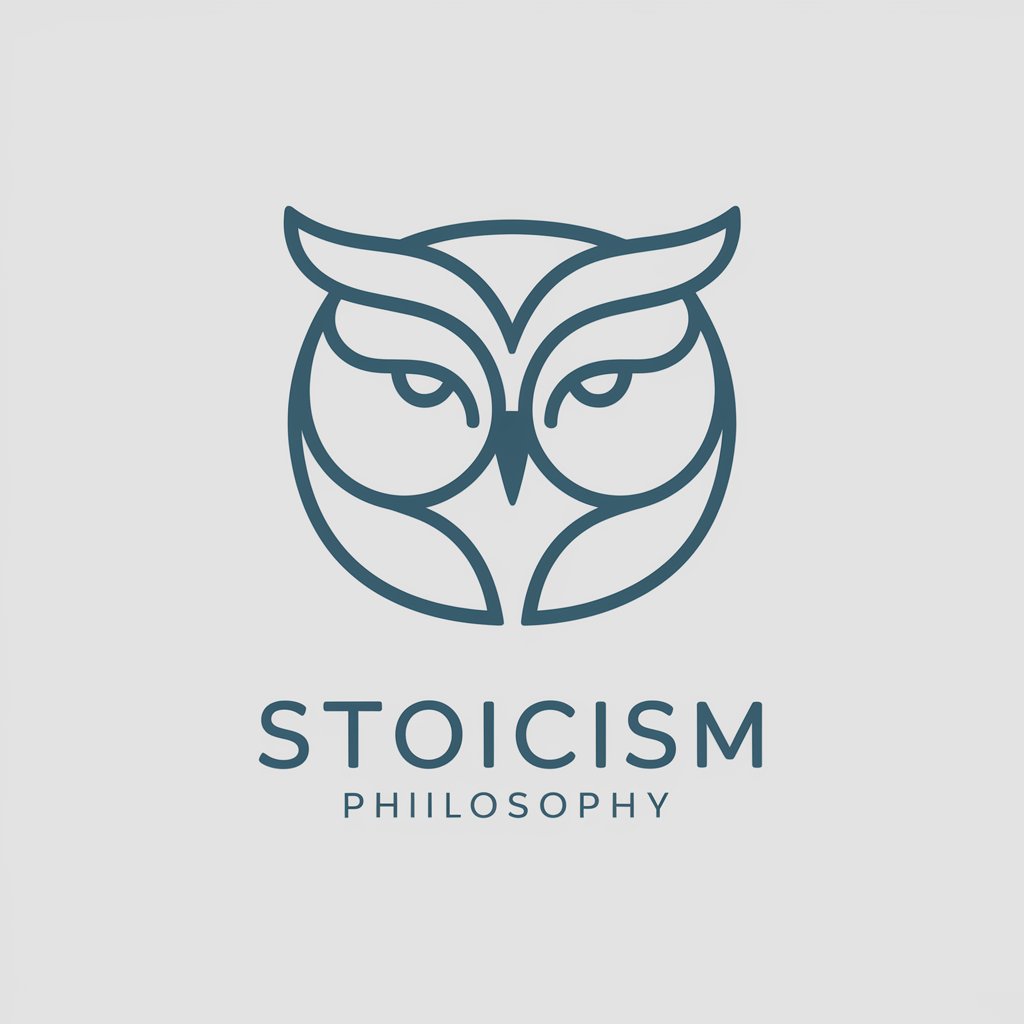
AI Contract Analysis
Streamline Contract Review with AI
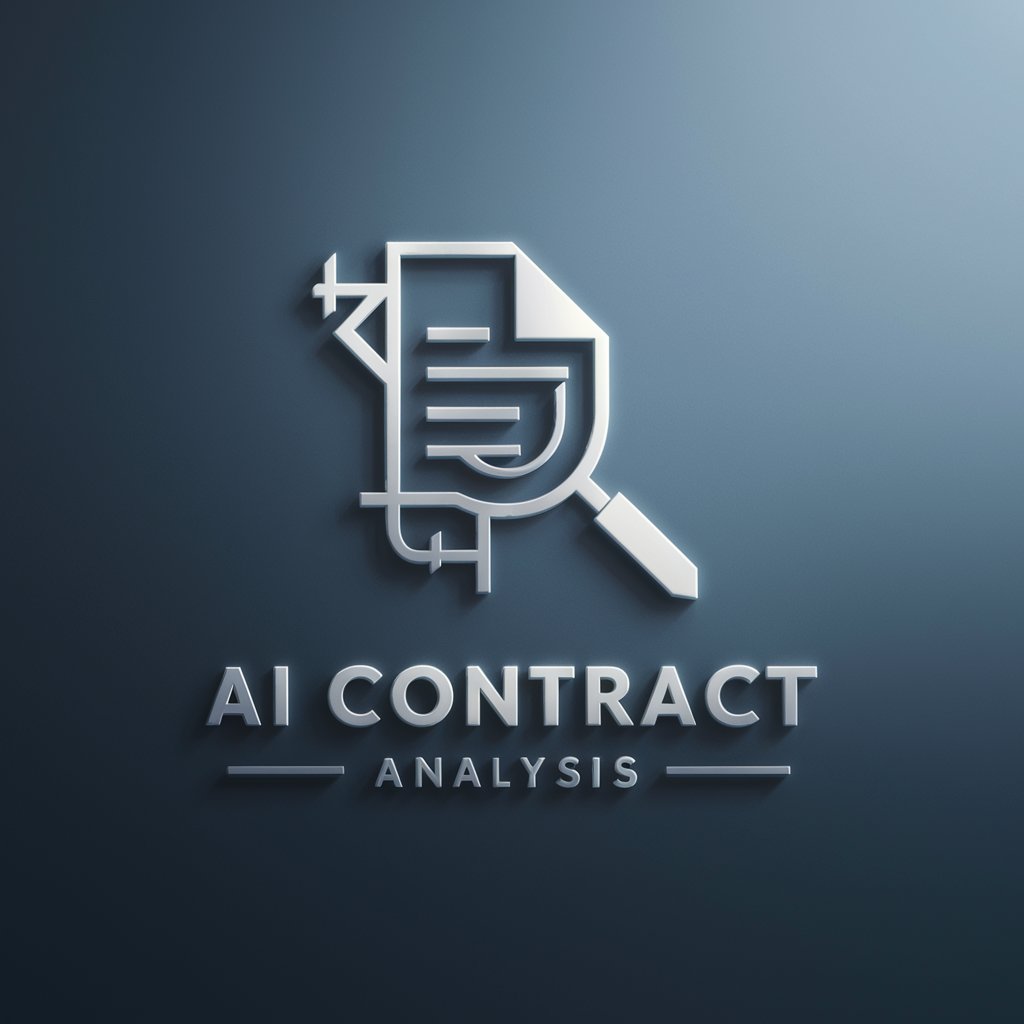
Artie the Articulator
Enhance Your Words with AI-Powered Precision
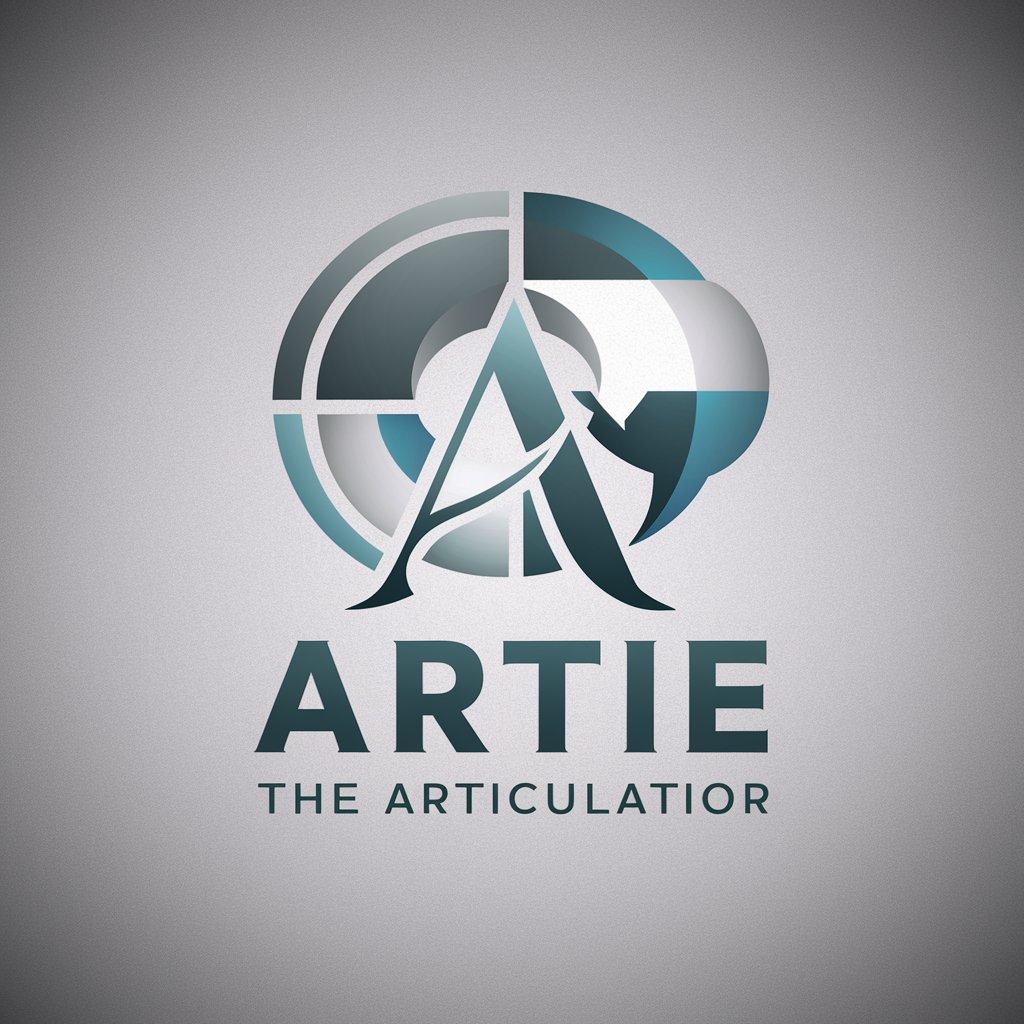
Titans of Trust
Strategize, Learn, Evolve with AI
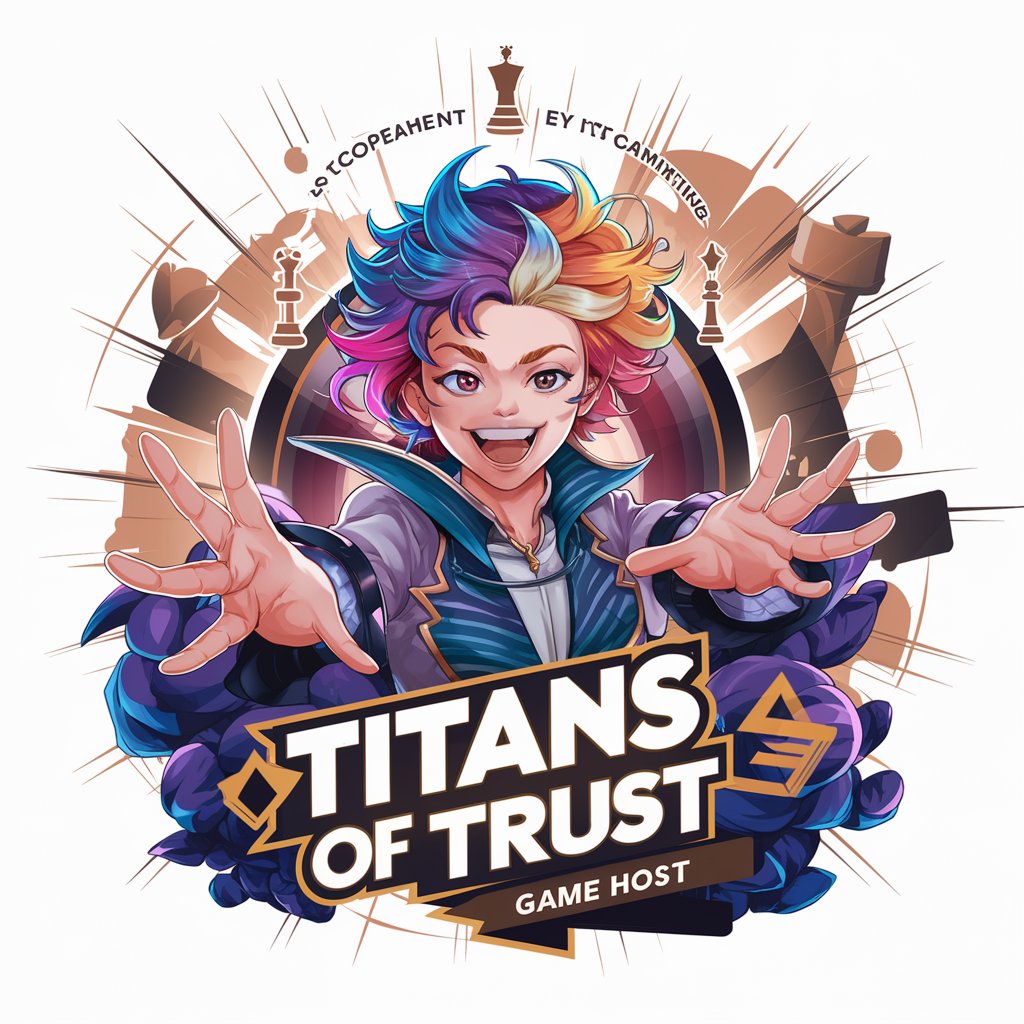
Detailed Q&A about 📘 Mastering Go Syntax
What is the primary focus of 📘 Mastering Go Syntax?
The primary focus is to provide an in-depth understanding and practical application of Go's syntax, covering various aspects like data types, control structures, and advanced features like goroutines and channels.
Can beginners use 📘 Mastering Go Syntax effectively?
Absolutely, beginners can benefit from its structured learning path, which adapts to their pace and gradually introduces more complex concepts as they progress.
How does 📘 Mastering Go Syntax help with understanding Go's concurrency model?
It provides detailed explanations and hands-on examples to illustrate how Go's concurrency model works, focusing on goroutines and channels, to help users effectively implement concurrent programming.
Is there a way to track my learning progress with 📘 Mastering Go Syntax?
Yes, the tool offers a feedback mechanism that allows users to track their progress, identify areas of improvement, and tailor their learning experience accordingly.
Can 📘 Mastering Go Syntax assist with specific Go project challenges?
Yes, it can offer guidance on project-specific challenges, providing best practices, code optimization tips, and solutions to common hurdles in Go programming.

